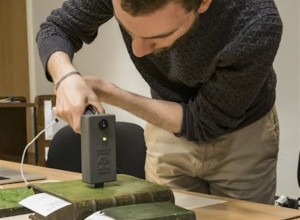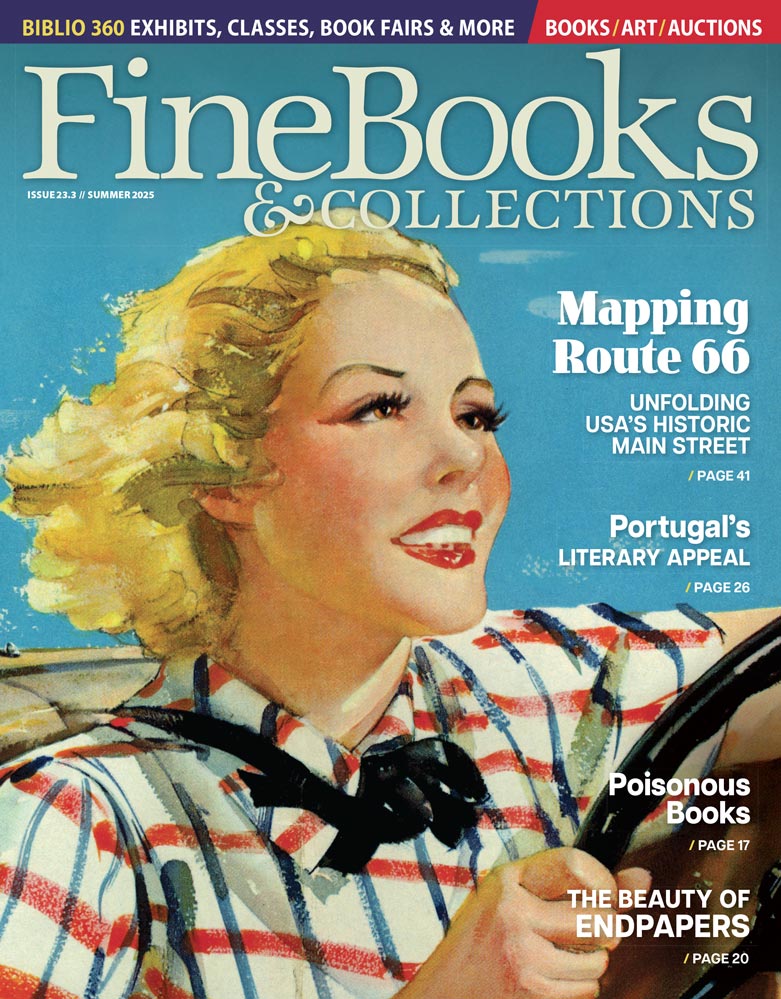Camera Work and the Art of the Photogravure
Sale #11241
Photogravure is a refined printmaking technique that merges photography with traditional intaglio engraving methods. Its origins date back to the 1830s, when early photographic experiments evolved into more practical applications by the late 19th century. The process gained significant prominence through the pioneering work of innovators such as William Henry Fox Talbot and Karl Klic, who in the late 1870s perfected a method involving the transfer of a photographic image onto a metal plate, which is then etched in acid. This innovation allowed photogravure to flourish, becoming particularly popular among artists and publishers seeking high-quality reproductions that combined the accuracy of photographs with the richness and subtlety of traditional artistic prints. Photogravure was notably embraced by influential photographers associated with Alfred Stieglitz's celebrated publication, Camera Work (1903–1917). This journal prominently featured the photogravure technique, showcasing work from iconic photographers such as Edward Steichen, Paul Strand, Gertrude Käsebier, and Stieglitz himself. These artists leveraged photogravure’s rich tonal depth and delicate textures to elevate photography as a legitimate art form, moving beyond mere documentary imagery into expressive pictorialism. Stieglitz's insistence on meticulous print quality made Camera Work a pivotal platform for photographic modernism, establishing photogravure as an esteemed medium that profoundly influenced photography’s artistic trajectory in the early 20th century.
1pm
Heritage Auctions - Dallas
2801 W. Airport Freeway
Dallas, TX
32.838060210249, -97.02399245
Heritage Auctions - Dallas





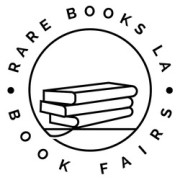

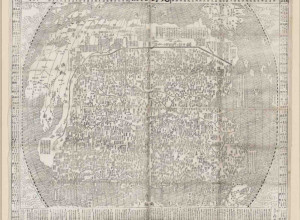
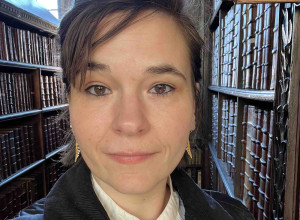

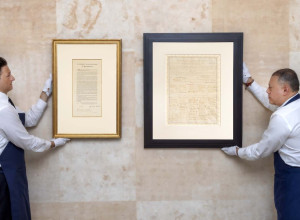
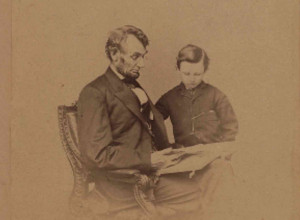
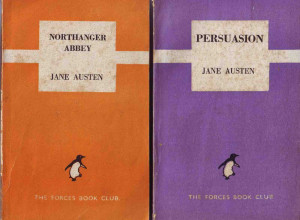
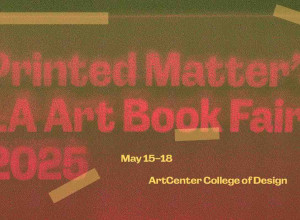
![George Washington signed autograph letter on the 'Asgill Affair' denying psychological torture of a British prisoner of war chosen by lottery for etaliatory execution, by “erecting a [gallows] before his prison window”](https://cdn.finebooksmagazine.com/sites/default/files/styles/category_card/public/media-images/2025-06/washington.jpg?itok=jkXB6DLV)
